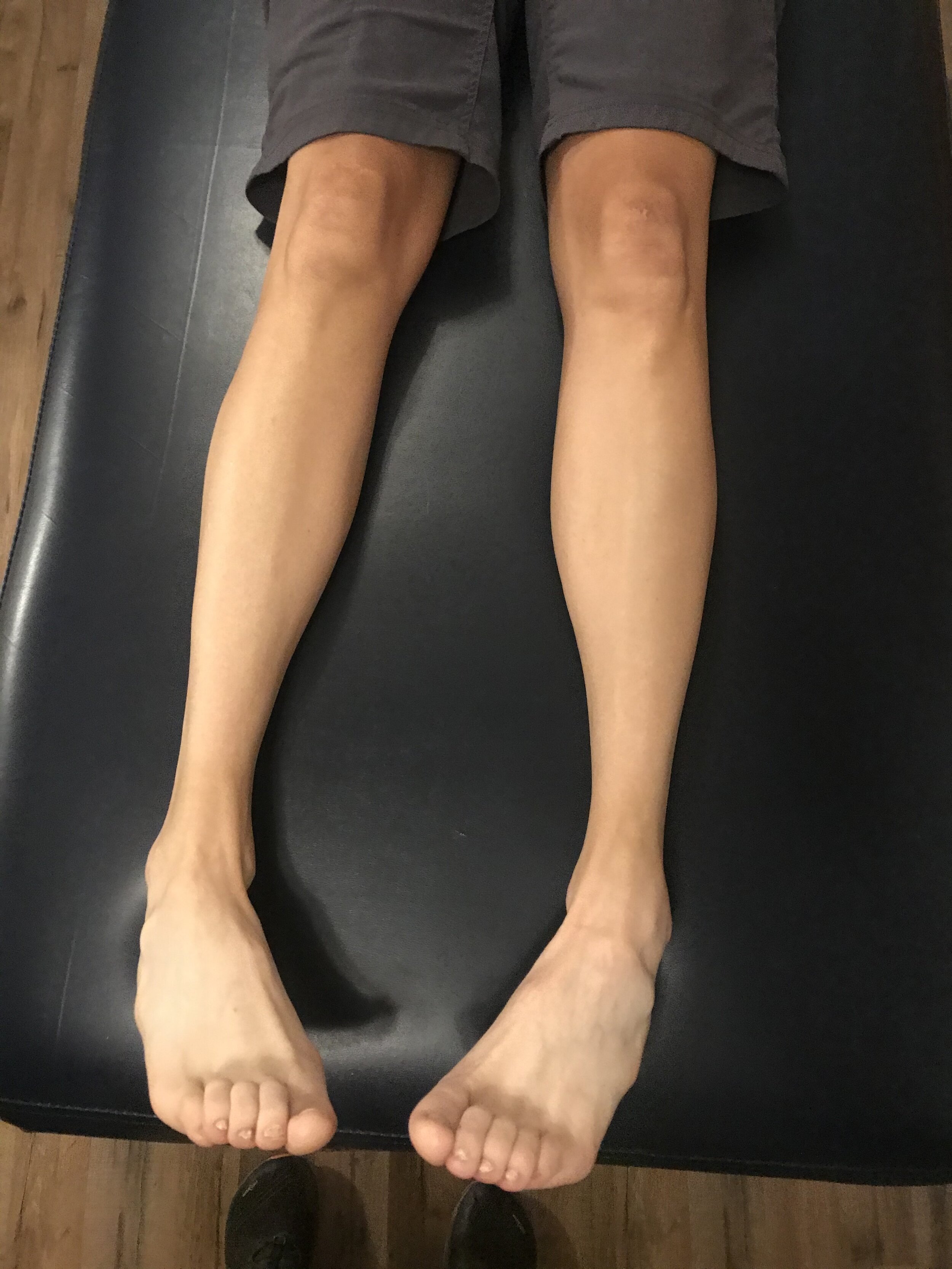Curly toes?
/-We have all seen them. We like them, we hate them, we despise them, we scratch our heads.
-The question becomes why?
-it’s pretty obvious from the picture that there is dominance of the flexor muscles and not enough intrinsic strength in the extensor muscles. Look at the prominence of the extensor tendon‘s and posturing of the toes.
– Flexor dominance occurs essentially because of too much activity in the central nervous system, particularly the lower brainstem, over activating the flexors and shutting down (reciprocally inhibiting) the extensors.
-This doesn’t necessarily mean that it is a neurological problem however the nervous system is what’s driving the bus here. Extensor tone is largely regulated by the cerebellum and vestibular system with the flexor tone being regulated by the cortex as well as lower, sub cortical systems.
– The cerebellum and vestibular system get the majority of their input from joint and muscle And joint mechanoreceptors as well as the vestibular apparatus. Their output is predominantly to axial extensor muscles as well as muscles which would be directly affected, from a gravitational standpoint, from those systems as well.
– When we don’t have enough afferent information traveling in from these systems, the flexor systems have a tendency to predominate. Think about protective posture’s and DNS work.
Driving the extensors and working on posture/balance/coordination and perhaps long, sustained stretching of the flexor musculature can help to end the bane of curly toes.
–so let’s go ahead and make those feet, lower extremity, lower kinetic chain muscles and joints and core more competent and help these folks out.
#curlytoes #flexordominance #toeproblem #toeproblems #footproblem #footproblems


















